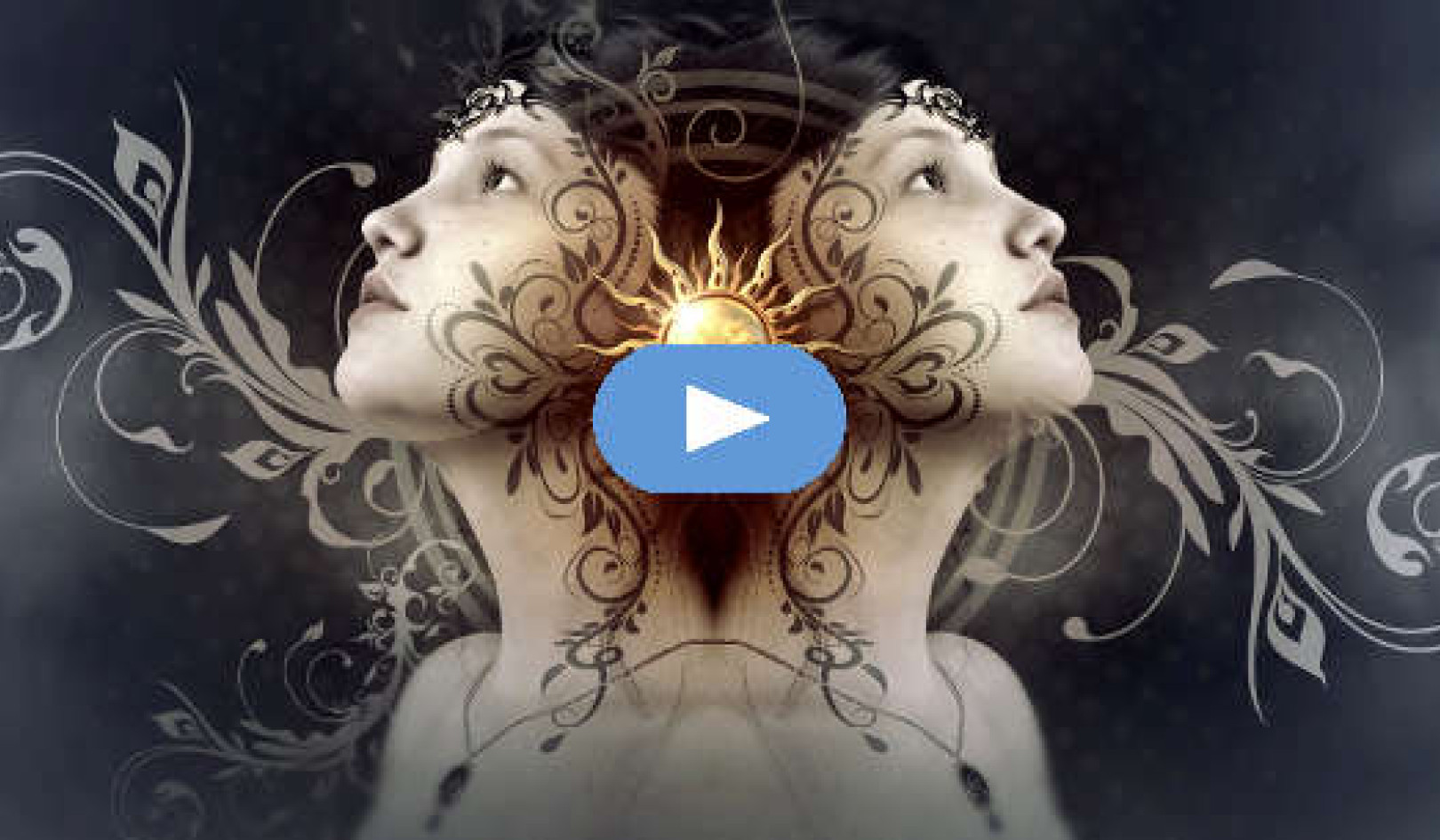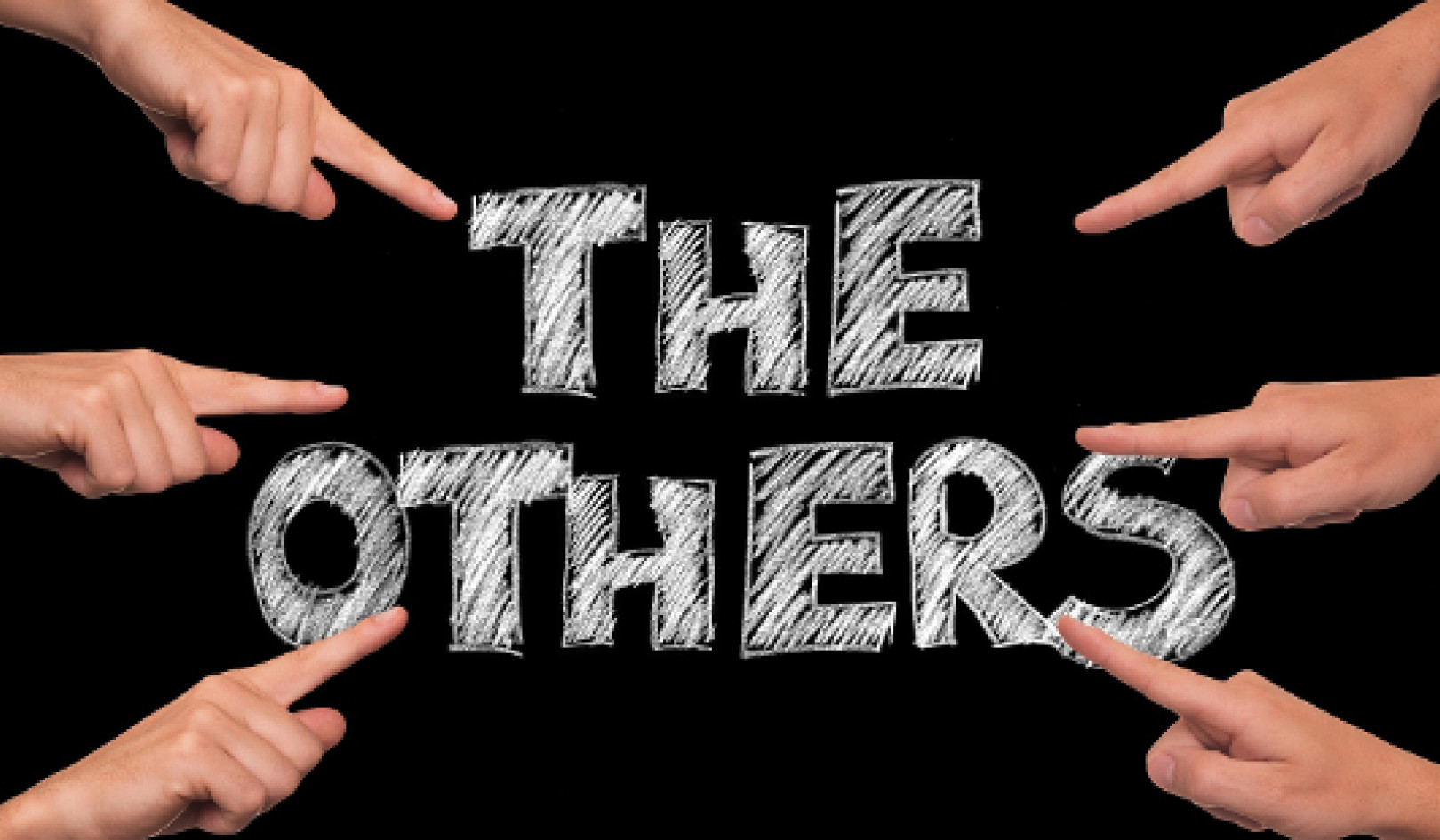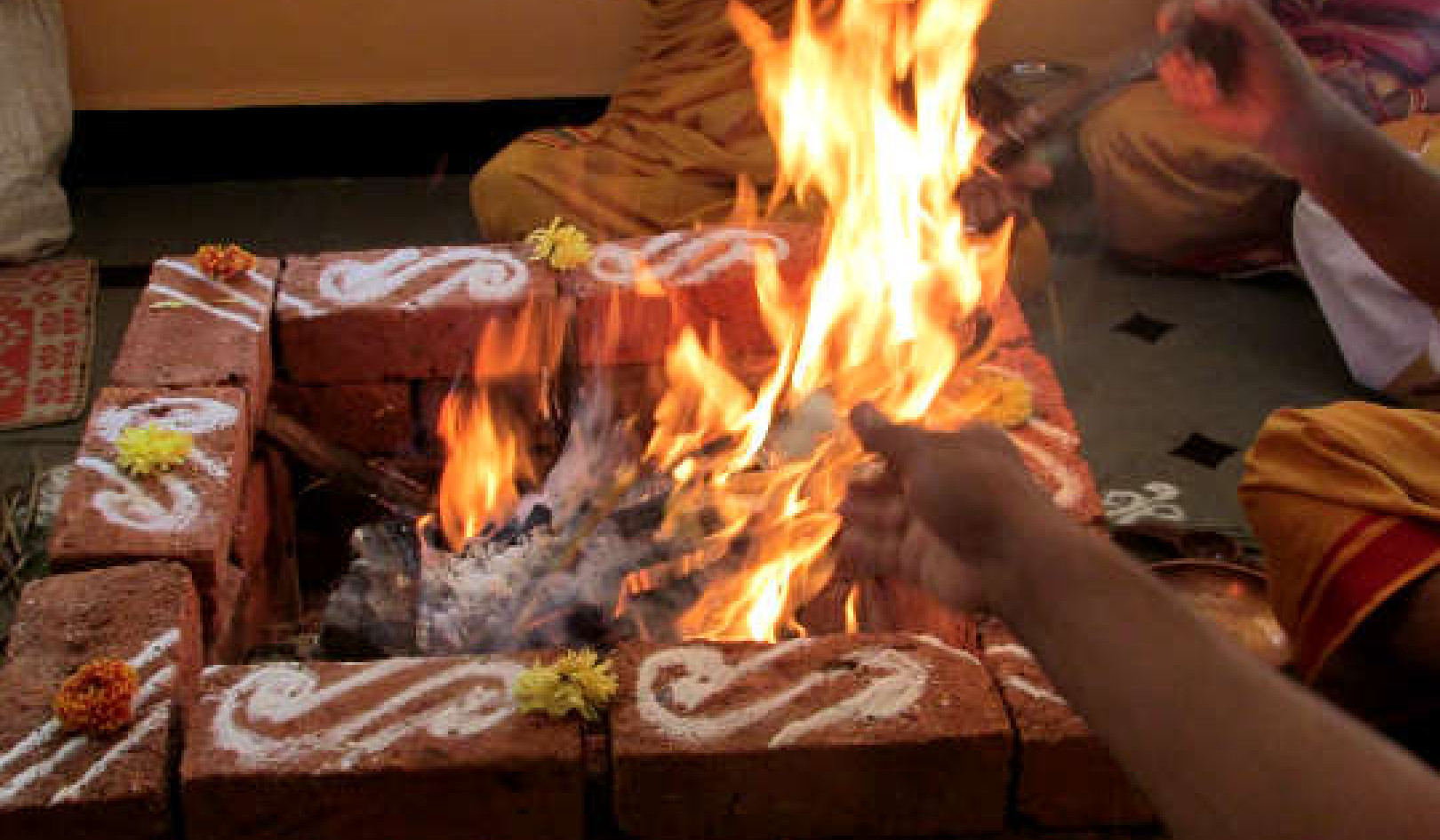
Image by Mohamed Hassan
When we support others, it is important that we aid them by guiding them toward understanding and developing their own strengths rather than providing solutions for them. The first step though is to understand ourselves.
A major part of self-inquiry, whether in meditation and contemplation, or through different forms of counseling, is coming to “know thyself” just like the ancient Greek maxim from the Temple of Delphi exhorted.
When we learn about our different abilities and our strengths and weaknesses, we gain a clearer picture of ourselves. We learn which areas of our lives may need a little extra work and where we have something unique to offer the world.
As Wang Changyue puts it in Essential Methods of the Dragon Gate,
“You should first seek yourselves before you seek a teacher. Before you go to ask about the Dao, you should first investigate your own heart-mind.”
Investigating Our Own Heart-Mind
One simple way to aid this process is to spend a few minutes each evening recalling our day. We can review what happened that day, what went well, and what went poorly.
Were there areas in which we did well and others in which we could improve?
Did we have difficulties with our emotions or react to events in selfish, egotistical ways?
Sometimes keeping track of things in a concrete way can help us remain mindful of our thoughts and actions. We may find that beginning our day this way is also helpful as it allows us to set our intention for the day.
As Bai Yuchan wrote in Daofa Jiuyao Xu,
“Those who study the Dao should first establish their own conduct. Every day they offer incense and take refuge in the Three Treasures of the highest Great Dao. Regretful of past mistakes, they pray for the blessing of the power of self-renewal. They read the classics and the mystical texts. They eliminate the desire to harm people and injure other beings from their heart-minds. They commit themselves to helping others, tirelessly seeking goodness and perfection in all they do.”
There was a Tibetan Lama who lived over a thousand years ago named Geshe Ben Gungyal who developed a simple version of this practice involving black and white pebbles. He used the white pebbles to represent positive thoughts and the black pebbles to represent negative thoughts. He would remain mindful of his thoughts throughout the day and add a white pebble to a pile for each positive thought and a black pebble to a pile for each negative thought. At the end of the day, he could look at the piles and see his progress. Perhaps we could develop a similar practice with the small black and white game pieces from the game Weiqi, or Go as it is known in Japan?
Understanding Ourselves; Understanding Others
When we understand ourselves better, we often find that we gain insight into others as well. This gives us the ability to help others find their strengths and weaknesses. We help them not by telling them what they should do but by guiding them toward discovering these things for themselves.
This could come from simply making ourselves available as a sounding board. Or we might ask questions that point them in the direction of a deeper self-examination. We may be able to help them identify what they have to offer the world as well as identify areas where they may need some work.
We might also suggest other sorts of tools that may aid them in their journey of self-discovery. There are many helpful self-assessments available online such as different variations of the Myers-Briggs Type Indicator. These types of inventories can be helpful to identify where we are at a particular time in our lives. Interestingly, if you take these types of tests many years apart, you may get different results.
Like everything else in the universe, we are constantly changing. As we grow, have new experiences, and hopefully learn from them throughout our lives, we will naturally change over time. This is as true for others as it is for ourselves. This is transformation.
Transforming Ourselves and Helping Others to Transform
We seek to transform ourselves, and then we seek to help others transform. In this way we embody the qualities of Puhua Tianzun, the Celestial Worthy of Universal Transformation (a.k.a. the Thunder Patriarch, Jiutian Yingyuan Leisheng Puhua Tianzun).
We also accomplish the inner and outer practices of Dao. We may recall the line from the Qingjing Jing, “To transform all beings is called attaining the Dao.”
Copyright 2023. All Rights Reserved.
Adapted with permission of the publisher,
Inner Traditions International.
Article Source:
BOOK: The Hundred Remedies of the Tao
The Hundred Remedies of the Tao: Spiritual Wisdom for Interesting Times
by Gregory Ripley
 In modern Taoist practice, the emphasis is often on “going with the flow” (wu-wei) and not following any fixed rules of any kind. This may work well for an already enlightened Taoist Sage, but for the rest of us. As author and translator Gregory Ripley (Li Guan, ??) explains, the little-known 6th-century Taoist text called the Bai Yao Lu (Statutes of the Hundred Remedies) was created as a practical guide to what enlightened or sagely behavior looks like—and each of the 100 spiritual remedies are just as relevant today as they were when written over 1500 years ago.
In modern Taoist practice, the emphasis is often on “going with the flow” (wu-wei) and not following any fixed rules of any kind. This may work well for an already enlightened Taoist Sage, but for the rest of us. As author and translator Gregory Ripley (Li Guan, ??) explains, the little-known 6th-century Taoist text called the Bai Yao Lu (Statutes of the Hundred Remedies) was created as a practical guide to what enlightened or sagely behavior looks like—and each of the 100 spiritual remedies are just as relevant today as they were when written over 1500 years ago.
Both scholarly and inspirational, this guidebook to Taoist spiritual living will help you learn to effortlessly go with the flow, deepen your meditation practice, and find the natural balance in all things.
For more info and/or to order this book, click here. Also available as an Audible Audiobook and a Kindle edition.
 About the Author
About the Author
Gregory Ripley (Li Guan, ??) is a Taoist Priest in the 22nd generation of the Quanzhen Longmen tradition as well as a Nature and Forest Therapy Guide. He holds a bachelor’s degree in Asian studies from the University of Tennessee and a master’s degree in acupuncture from Northwestern Health Sciences University. He is also the author of Tao of Sustainability and Voice of the Elders.
Visit his website: GregoryRipley.com

























